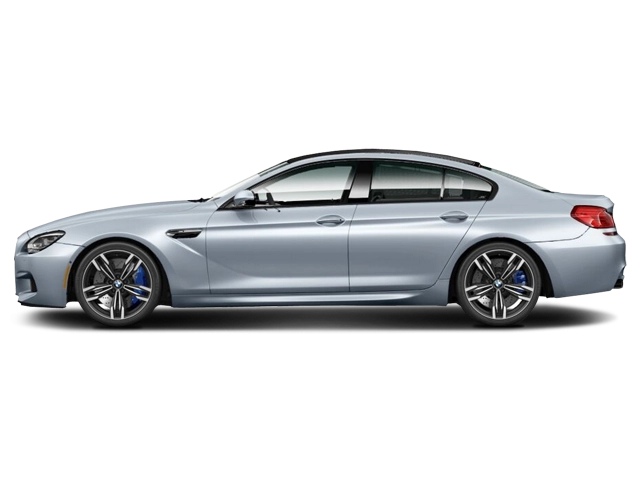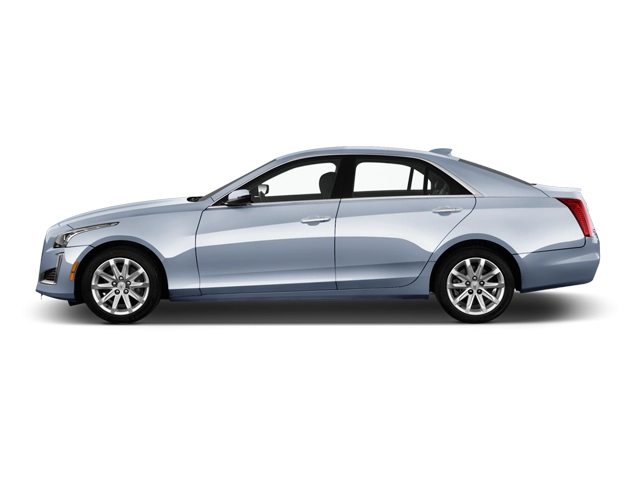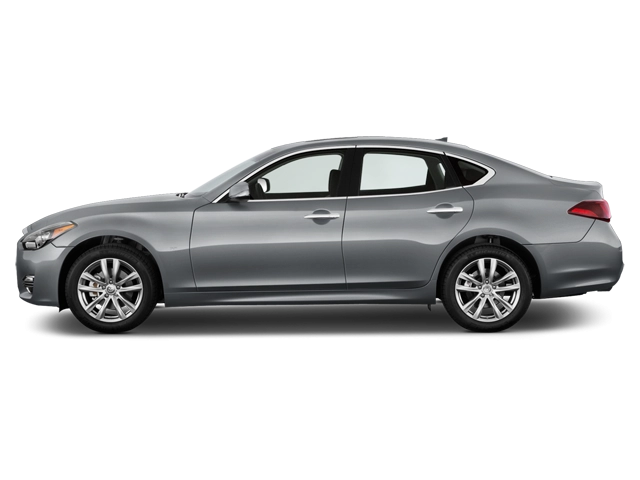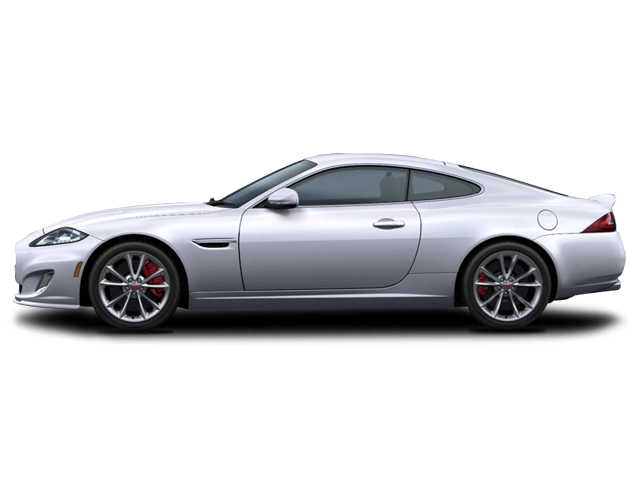Mercedes-Benz CL Class owners manuals
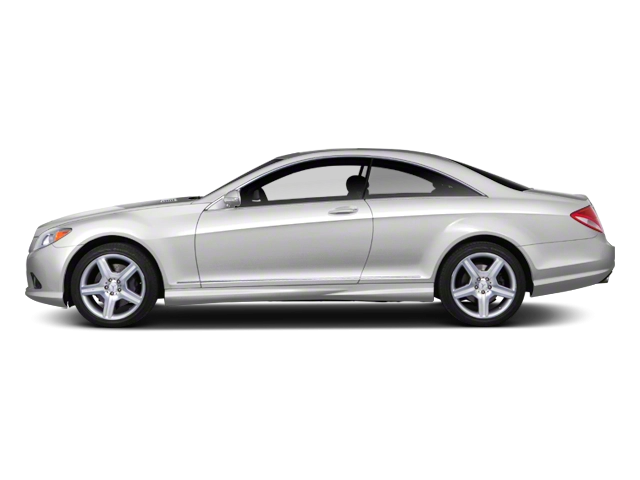
(owner manual)

(owner manual)

(owner manual)

(owner manual)

(owner manual)

(owner manual)

(owner manual)

(owner manual)

(owner manual)

(owner manual)

(owner manual)

(owner manual)

(owner manual)

Mercedes-Benz CL Class specs
Owner Manual
The Mercedes-Benz CL Class owner manual serves as an essential guide for all owners of this prestigious luxury coupe. It details everything from basic operations to advanced features, ensuring that owners can fully enjoy the performance, comfort, and technology that the CL Class has to offer. The manual typically includes sections on starting and operating the vehicle, understanding dashboard indicators, using the infotainment system, adjusting seat and climate controls, and maintenance schedules. Additionally, it provides insights on safety features, troubleshooting steps, and contact information for service centers, all aimed at enhancing the ownership experience.
Model Overview
The Mercedes-Benz CL Class is a flagship luxury coupe that epitomizes sophistication and performance. First introduced in 1996 and produced until 2014, this model features a sleek design that combines elegance with aggressive styling. The CL Class is known for its powerful engines, exceptional handling, and state-of-the-art technology, reflecting the pinnacle of Mercedes' automotive engineering. Notable features include advanced safety systems, luxurious interiors, and the latest Mercedes-Benz infotainment capabilities. It caters to those who seek a blend of sportiness and unadulterated luxury.
Trims
Throughout its production, the Mercedes-Benz CL Class was available in several trims, each offering a distinct essence of luxury and performance. Common trims included the CL550, CL600, CL63 AMG, and CL65 AMG. The base CL550 is equipped with a powerful V8 engine providing a refined driving experience, while the CL600 features a twin-turbocharged V12 for exhilarating performance. The AMG variants, including the CL63 and CL65, deliver remarkable horsepower and sport-tuned suspension systems that enhance handling characteristics, catering to enthusiasts who desire both luxury and dynamic driving capabilities.
Known Problems
While the Mercedes-Benz CL Class is renowned for its engineering excellence, owners should be aware of certain common issues. Some drivers have reported problems with air suspension systems, which can lead to an uncomfortable ride if not addressed. Electrical system troubles, including issues with the infotainment and electronic stability program, can also occur, sometimes necessitating software updates or component replacements. Additionally, like many high-performance vehicles, routine wear on brake and tire systems may arise, hence regular inspections are crucial. Staying informed and proactive can mitigate these potential issues.
Maintenance Tips
Proper maintenance is vital to keep your Mercedes-Benz CL Class in pristine condition. Regularly scheduled service appointments, as outlined in the owner manual, should not be overlooked. This includes oil changes, coolant checks, and brake system inspections. Owners are advised to use genuine Mercedes-Benz parts to ensure compatibility and reliability. Additionally, maintaining tire pressure and performing wheel alignments will enhance both safety and performance. Regular cleaning, both inside and out, will protect both the aesthetics and value of the vehicle. Keeping an eye on dashboard warning lights can alert you to necessary repairs before they escalate.
FAQs
Q: What fuel type does the CL Class require?
A: Most models in the CL Class lineup recommend premium unleaded fuel for optimal performance.
Q: Can I program my garage door opener with the CL Class?
A: Yes, the CL Class comes equipped with a HomeLink feature that allows you to program and operate your garage door opener with ease.
Q: Is the CL Class equipped with a navigation system?
A: Yes, the CL Class features an advanced navigation system, which can be accessed through the infotainment interface detailed in your owner manual.
Q: What should I do if I encounter dashboard warning lights?
A: Refer to your owner manual for the specific meanings of any warning lights. If uncertain, consult your nearest Mercedes-Benz service center for assistance.
Mercedes-Benz CL Class PDF owner manual
Mercedes-Benz CL Class competitors
Mercedes-Benz CL Class Manual Questions
Fill the form below and someone will help you!

